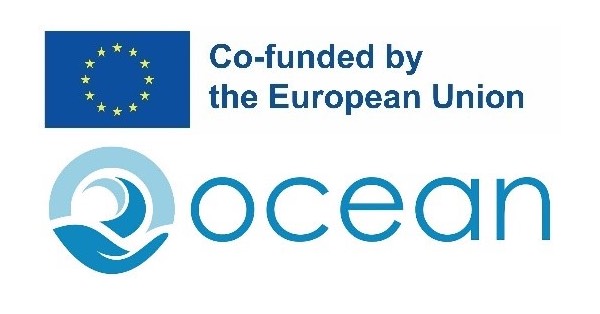Agreed on March 5th, 2023, and expected to be covering almost two-thirds of the ocean that lies outside national boundaries, the new UN ‘High Seas Treaty’ is set to provide a legal framework for establishing networks of Marine Protected Areas , designed to contribute to the conservation of marine biodiversity. The ‘High Seas Treaty’ is most timely in providing a governance framework for MPAs to implement one of the goals of the Convention on Biological Diversity’s recently adopted Global Biodiversity Framework, to protect and conserve at least 30% of the ocean, and to ensure 30% of degraded areas are under restoration, by 2030. The Treaty makes it clear that MPA management arrangements ‘may allow, where appropriate, sustainable use provided it is consistent with the conservation objectives [of the MPA]’. This is likely to result in the general exclusion of minerals activity, potentially significant constraints on fisheries activity and some moderate restrictions for shipping.
The OCEAN project, funded by the EU and the UK Research and Innovation Grant, focuses on navigational safety and the enhancement of “on the spot” navigational awareness relating to hazards around the ship or craft. Targeted at providing tools for onboard use of commercial and non-commercial ships alike, one aspect of the OCEAN project is to provide near-real-time warnings to the navigators when in areas of an expected high level of marine mammal presence and activity, with the dual objective of protecting the marine wildlife as well as increasing the safety of smaller and lightly built ships. In this context, the OCEAN project will deliver and demonstrate several human-centred innovations, including the 4D Situation Awareness Display, which is developed from the ground up to improve the visualisation of navigational hazards, integrating current bridge information systems with marine mammal tracking capacity specifically developed by the project.
To this end, the OCEAN project will design and implement a European Navigational Hazard data infrastructure, fed by multi-source observation and predictions mechanisms, enabling the detection and distribution of information relating to large aggregations of marine mammals. In turn, the European Navigation Hazard Infrastructure is meant to be integrated with the existing and coming maritime warning infrastructure which serves the maritime community, a long-term objective being to transfer this data ecosystem to relevant European organisations for deployment and maintenance.
The OCEAN project is user-centred by nature and is involving a growing group of maritime stakeholders in its development. Through the OCEAN Maritime Stakeholders Forum, the project engages and interacts with prominent organizations on marine mammal protection, including The World Wildlife Fund, The International Whaling Commission (IWC) and the International Fund for Animal Welfare (IFAW), to ensure that the project will deliver the most effective and efficient solutions possible within the project limitations.
The OCEAN project launched in October 2022 and is scheduled to run for three years. It is co-funded by Horizon Europe, the European Union’s research and innovation programme, and the consortium consists of 13 members representing 7 European countries, Norway, Greece, Spain, Denmark, Portugal, Ireland and UK, all located on major European coastal regions. Members include a coastal administration, a ship operator, maritime safety and transport researchers, marine mammal ecology and conservation experts, companies specialised in maritime information systems and sensors, a professional organisation, a risk and safety management organisation, as well as data infrastructure, data fusion and satellite imaging specialists. UK participants are supported by UK Research and Innovation Grant Number 10038659 (Lloyd’s Register) and Grant Number 10052942 (The Nautical Institute).









































